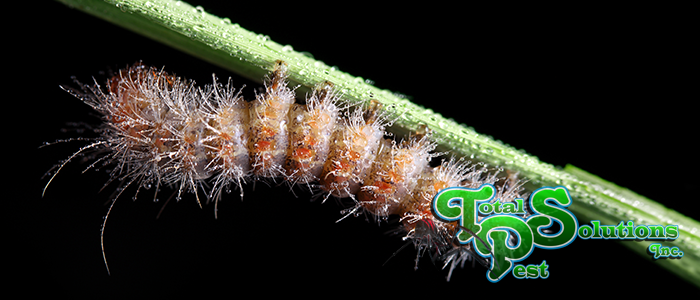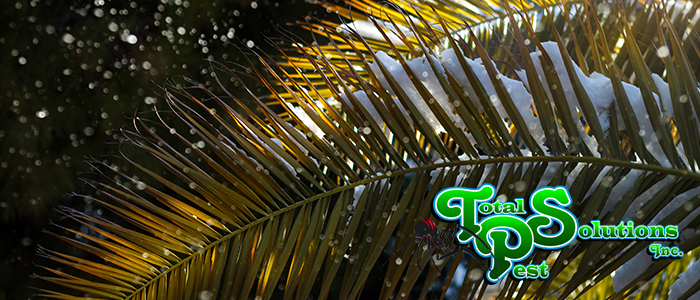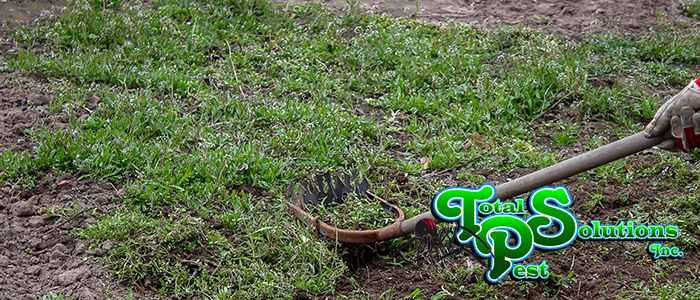
Sod Webworm: The Tiny Worms Causing Big Problems
You might not be a stranger to brown patches in your lawn, but some of the causes are harder to spot with the naked eye. Harder still are the causes you don’t think of, like the moths hovering amidst your beloved grass. If you’re tired of losing the yard of the month award to your neighbors, you’ll want to know all you can about the culprit; the tropical sod webworm.
Autumn Invaders
In the southeastern United States, the moths responsible for birthing the tropical sod webworm reach their peak activity in the early autumn. In years with above-average rainfall, the problem is often seen sooner. Don’t mistake the gathering moths for the beginning of your problems; by the time you see them, most of the damage will already have been done – the moths are but the final stage in the life cycle of the sod webworm.
Caterpillars in reality, the tropical sod webworm begins its life as one of many tiny white eggs strewn along the lowest parts of your lawn’s blades of grass. The eggs gradually brown with maturity until they hatch, growing in stages known as instars as caterpillars are wont to do. Upon pupating, the cocoon is often seen in the upper thatches of turfgrasses, and the brown moths that emerge are roughly three-quarters of an inch long.
Surveying the Damage of Sod Webworm
While the moths themselves are not responsible for the destruction of your lawn, the caterpillars feed on grass at night, when you can’t easily see them. If you look close enough, you can often find signs of chewing on the edges of the blades of grass. The University of Florida describes the damage that the smallest of the larvae cause as barely noticed; as the caterpillars grow, however, they begin to chew farther down each blade of grass.
As the sod webworms infest your lawn, the small patches of brown will grow immensely – but don’t fret! If you suspect sod webworm caterpillars, you can use the tried-and-true soap flush: Using a mix of one tablespoon of lemon-scented dish detergent and a gallon of water, the caterpillars will be flushed from the affected area. The moths themselves can also be spotted by walking across your lawn – they especially congregate in shaded spots.
Keeping It Green
While DIY pesticides and other options exist for treatment, it’s paramount to use the right product to eradicate the webworms in any and all stages of development. Furthermore, you don’t want to also eradicate the natural predators of the caterpillars.
The best way to stop webworms, however, is to avoid inviting them onto your lawn in the first place. If you’re laying down brand new sod, investigate the cultivars of your chosen grasses and find which are the most resistant to webworms. You can also keep your established grass properly mowed, fertilized and irrigated.
If webworms still find their way into your lawn, our expert lawn and outdoor technicians are more than qualified to help. With affordable services for all kinds of lawn pests and fertilizer treatments, we’ll help keep your lawn immaculate all year, every year.
continue reading
Related Posts
Winter Palm Care in Lakeland: Cold Snap Protection Strategies Lakeland,
Holiday Pest-Free Homes in Winter Haven: Avoiding Cargo Pests As
Auburndale’s Mole Cricket Damage: Repairing Turf Before Frost As the






